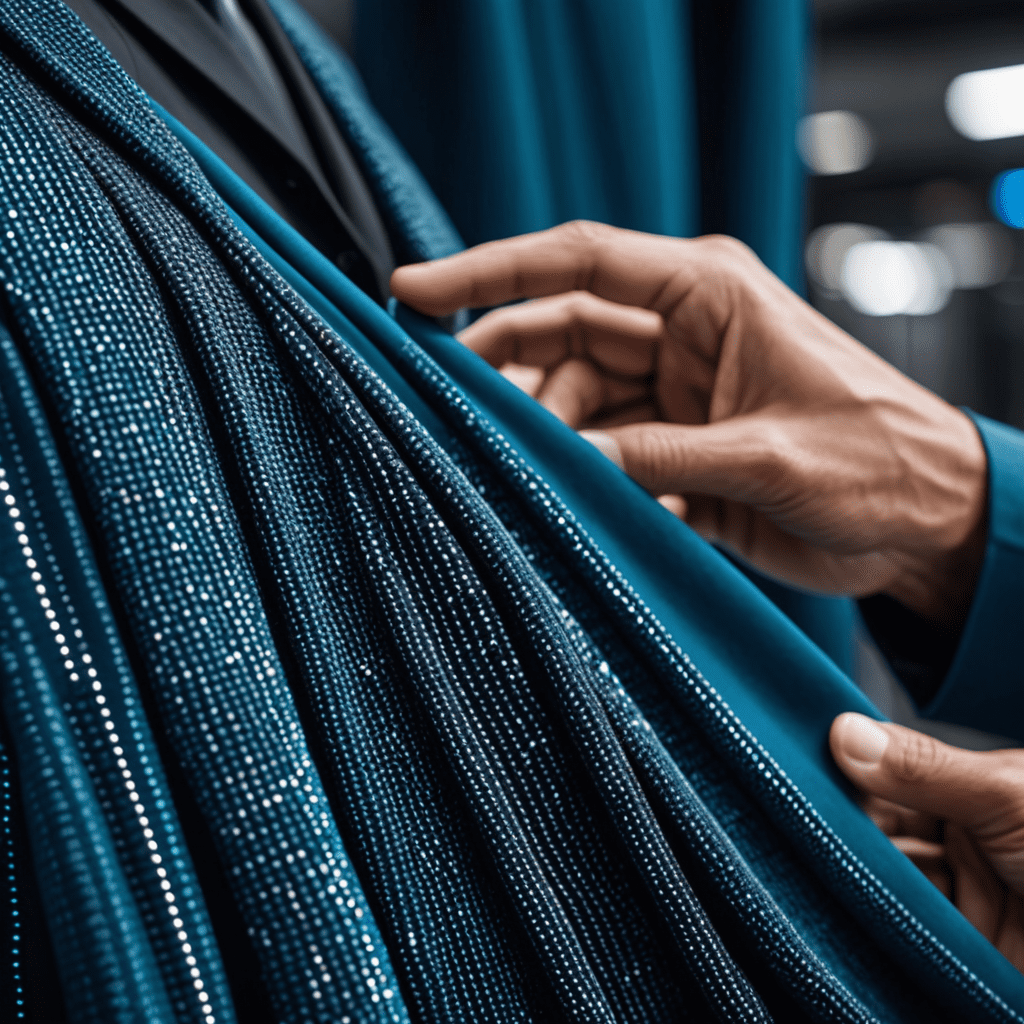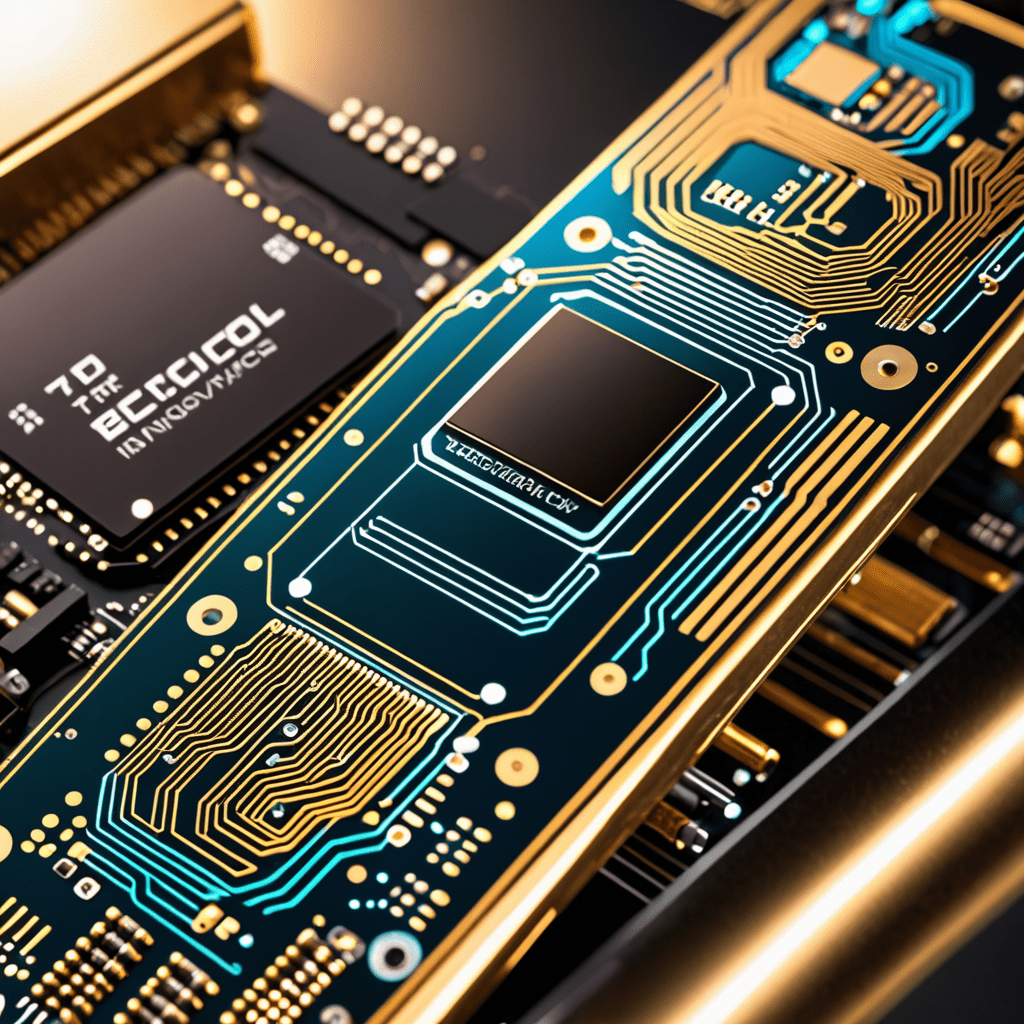
Nanotechnology in Smart Textiles: Integrating Technology into Clothing
Nanotechnology has revolutionized various industries, and one of the most exciting applications is in the field of smart textiles. By integrating nanotechnology into clothing, we can create fabrics that go beyond traditional functions, offering enhanced features and capabilities.
The Science Behind Nanotechnology in Textiles
Nanotechnology involves manipulating materials at the nanoscale, where dimensions are measured in nanometers. When applied to textiles, nanotechnology enables the creation of fabrics with unique properties such as stain resistance, moisture-wicking, and even antibacterial properties.
Enhanced Functionality of Smart Textiles
Smart textiles infused with nanotechnology can do much more than regular fabrics. For instance, nanoscale coatings can make textiles water-repellent, while nanoparticles embedded in fibers can provide thermal regulation, making clothes suitable for a wide range of environments.
Improved Performance and Durability
By incorporating nanotechnology into textiles, clothing items can become more durable and long-lasting. Nanoparticles can strengthen fibers, making them more resistant to wear and tear. This results in garments that maintain their quality even after multiple washes.
Health and Safety Benefits
Nanotechnology in textiles also opens up possibilities for health and safety applications. Nanoparticles can be used to create fabrics that offer UV protection, antimicrobial properties, and even sensors that can monitor vital signs or environmental conditions.
Challenges and Future Developments
Despite the numerous benefits, there are challenges to overcome in the widespread adoption of nanotechnology in smart textiles. These include cost barriers, scalability issues, and concerns over the environmental impact of nanoparticle usage. Researchers continue to explore new ways to address these challenges and improve the technology.
Conclusion
Nanotechnology has the potential to transform the textile industry, offering innovative solutions that blend technology seamlessly into everyday clothing. Smart textiles enhanced with nanotechnology are paving the way for safer, more functional, and interactive garments that cater to the evolving needs of modern consumers.
FAQ About Nanotechnology in Smart Textiles
What is Nanotechnology in Smart Textiles?
Nanotechnology in smart textiles involves integrating nanoscale materials into fabrics to add functionalities like enhanced durability, flexibility, conductivity, and even temperature regulation.
How does Nanotechnology Benefit Smart Clothing?
Nanotechnology enables smart textiles to have features like moisture-wicking, odor resistance, UV protection, and even the ability to monitor health metrics in real-time, making clothing more functional and interactive.
Are Nanotech-Infused Textiles Safe to Wear?
Yes, nanotech-infused textiles are safe for regular wear. The nanoscale particles are embedded within the fabric and pose no harm to the skin. However, it’s essential to follow care instructions to maintain the effectiveness of the smart textile features.
Can Nanotechnology Improve Sustainability in Textile Production?
Nanotechnology can enhance sustainability in textile production by reducing the need for harsh chemicals, improving energy efficiency during manufacturing, and creating longer-lasting textiles that reduce waste in the long run.


